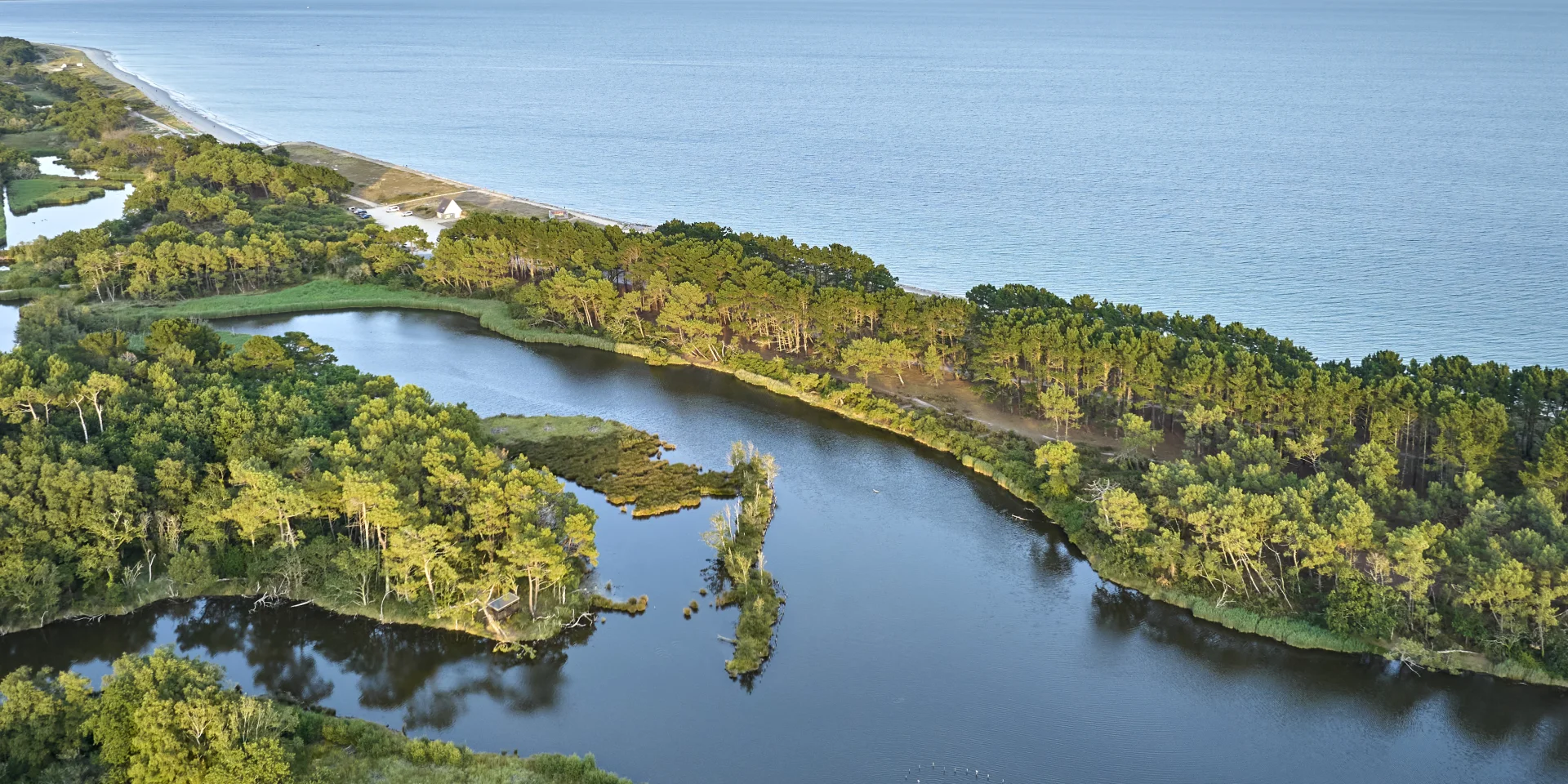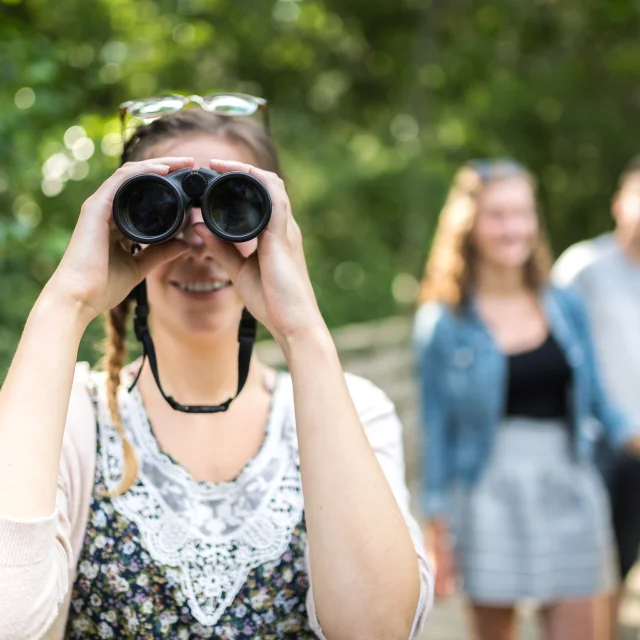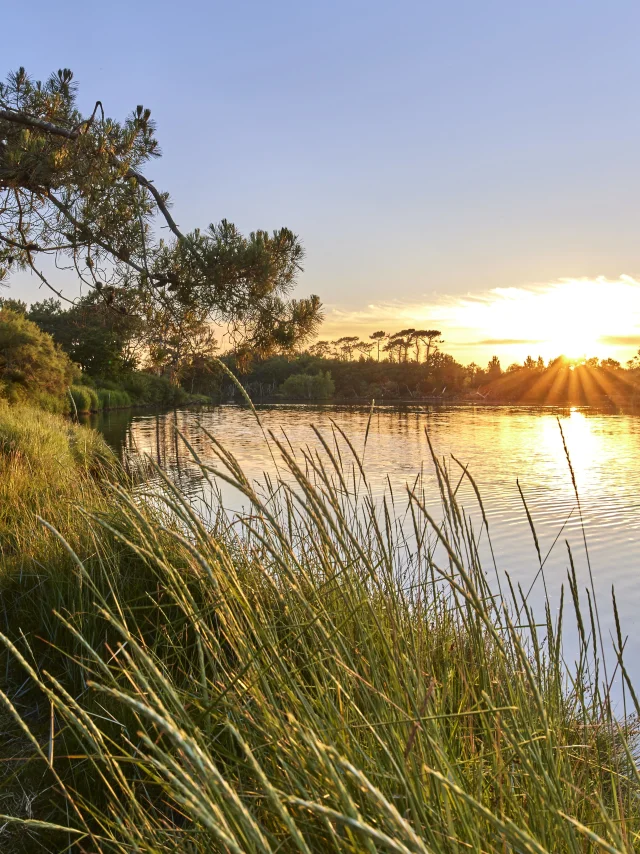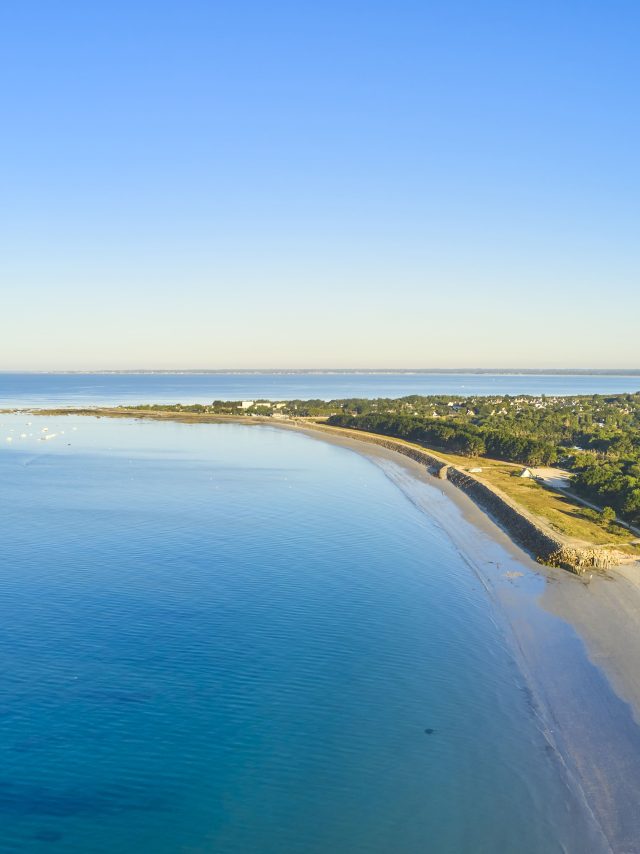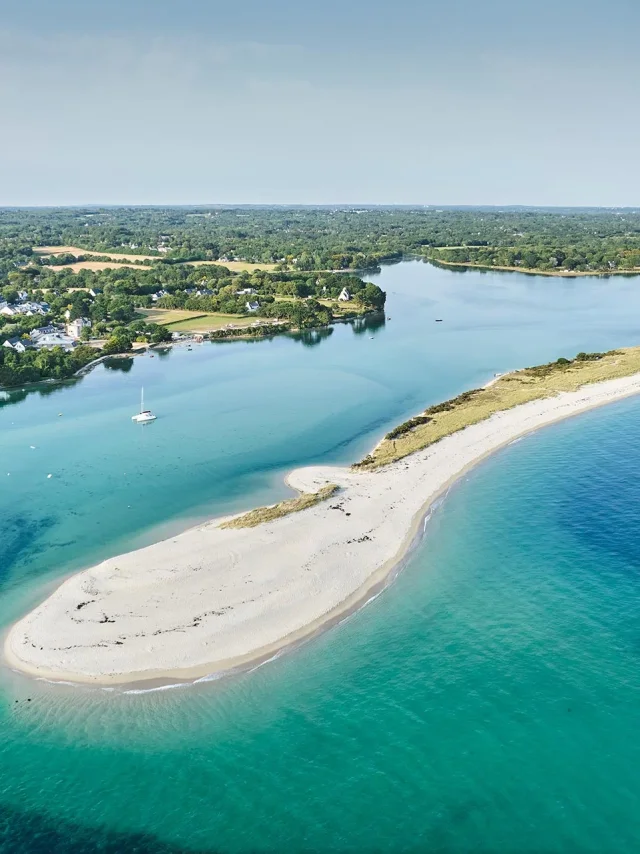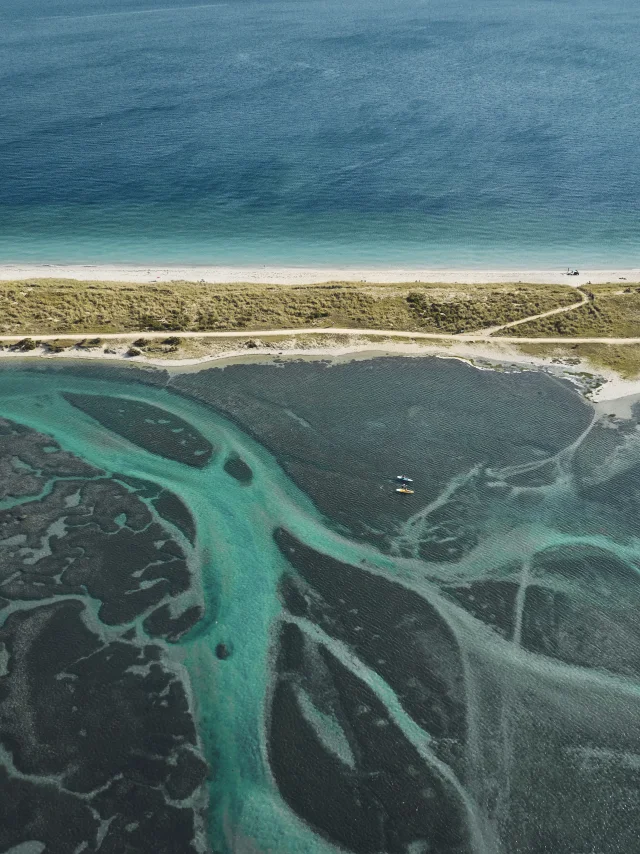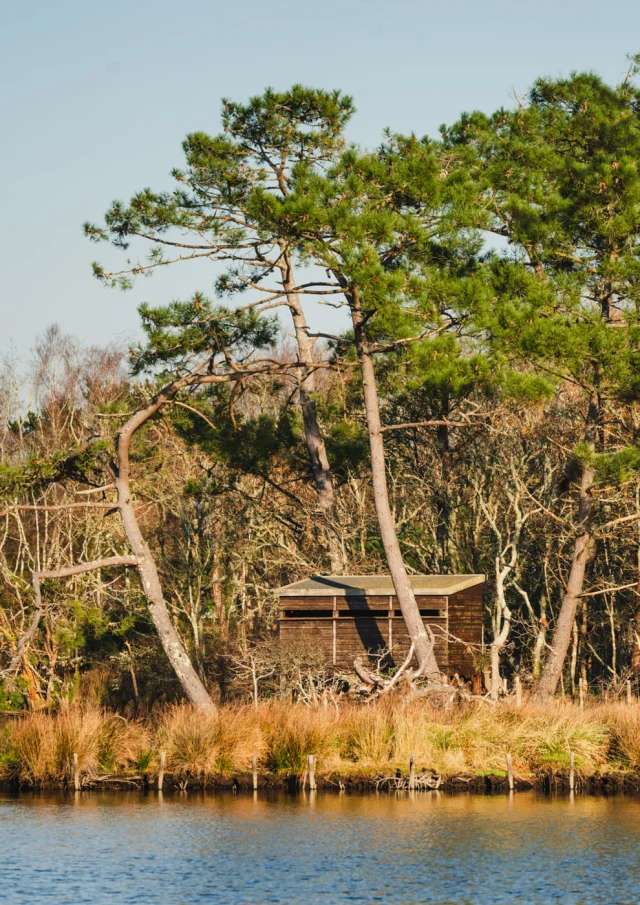 160 The Breton Riviera December 2024 Bd
160 The Breton Riviera December 2024 Bd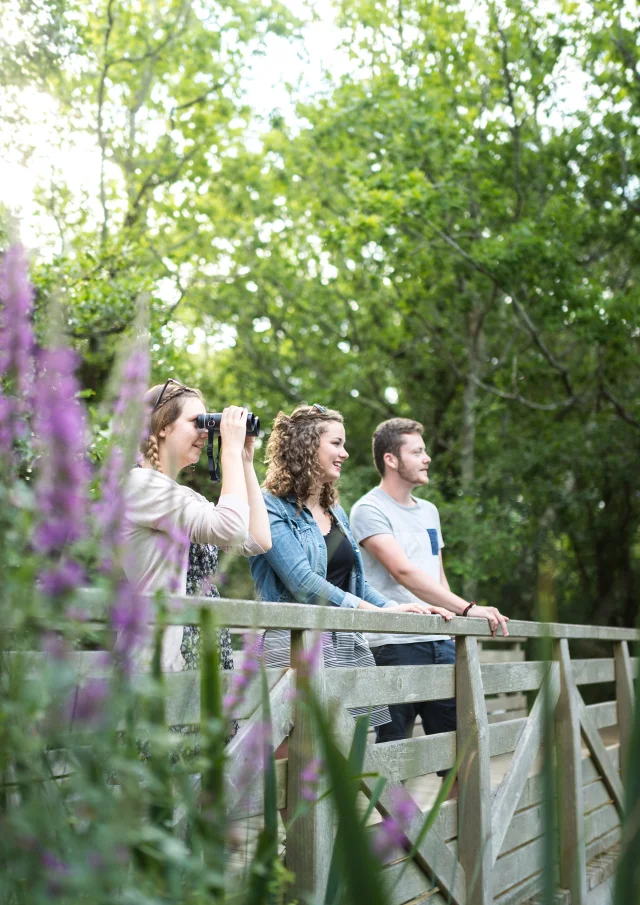 France, Finistere (29), Fouesnant, the Mousterlin marshes
France, Finistere (29), Fouesnant, the Mousterlin marshes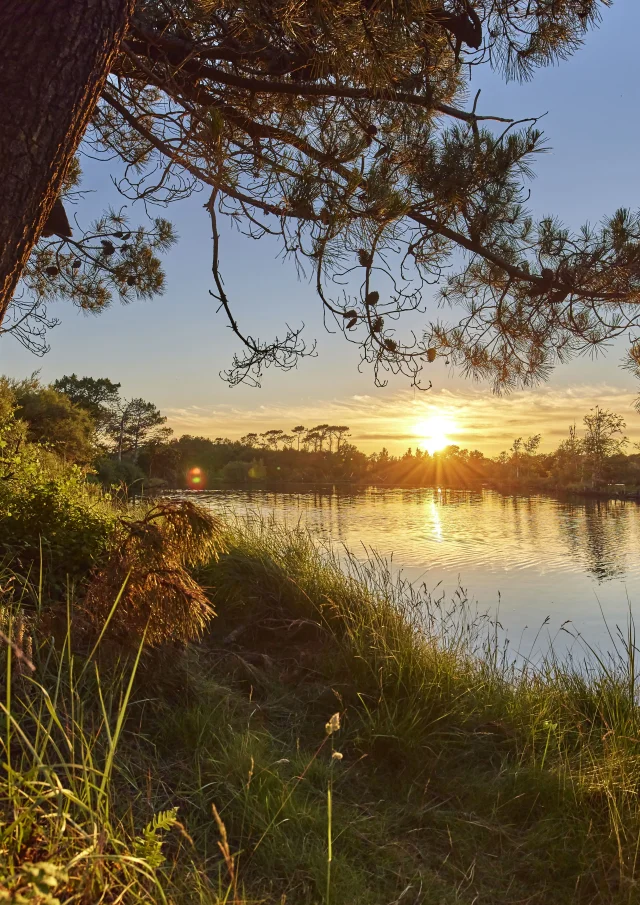 Flg21alamoureux D6a6994
Flg21alamoureux D6a6994 18 Fouesnant Loeil De Paco 23
18 Fouesnant Loeil De Paco 23 Flg21lovers D6a6936
Flg21lovers D6a6936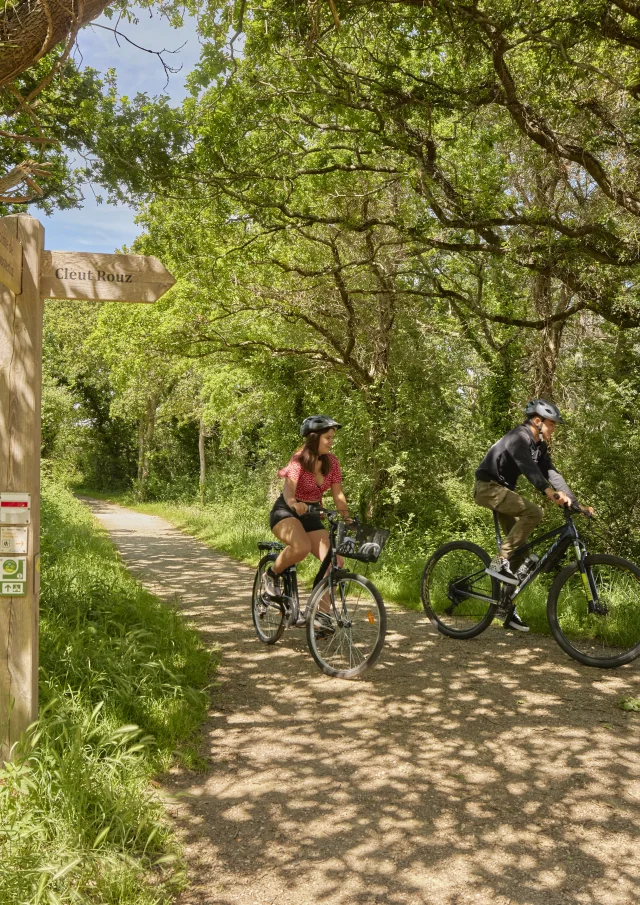 Flg21alamoureux D6a6006
Flg21alamoureux D6a6006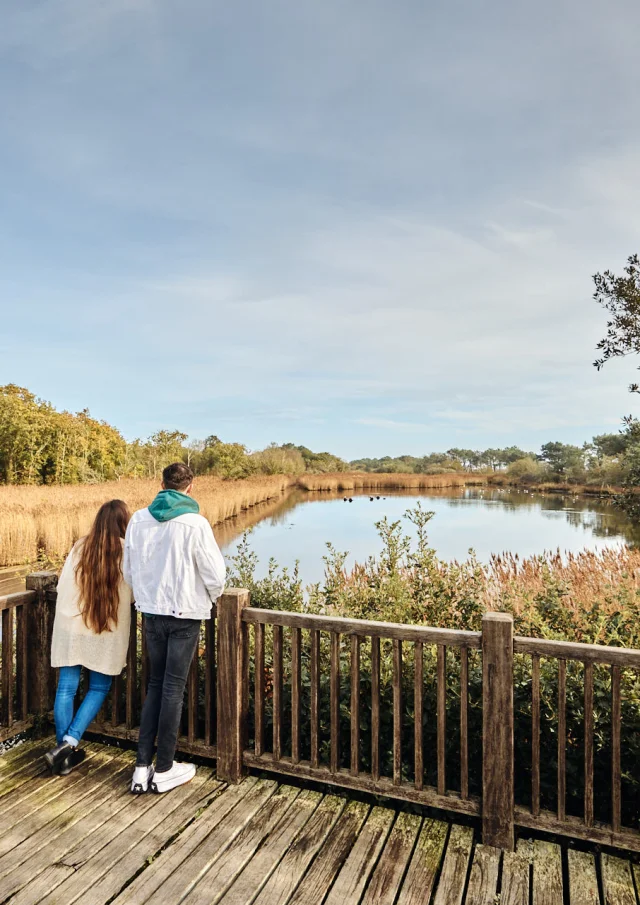 Flg Oct22@alamoureux D6a8762
Flg Oct22@alamoureux D6a8762 Fouesnant Phillipe Meunier 2019 377
Fouesnant Phillipe Meunier 2019 377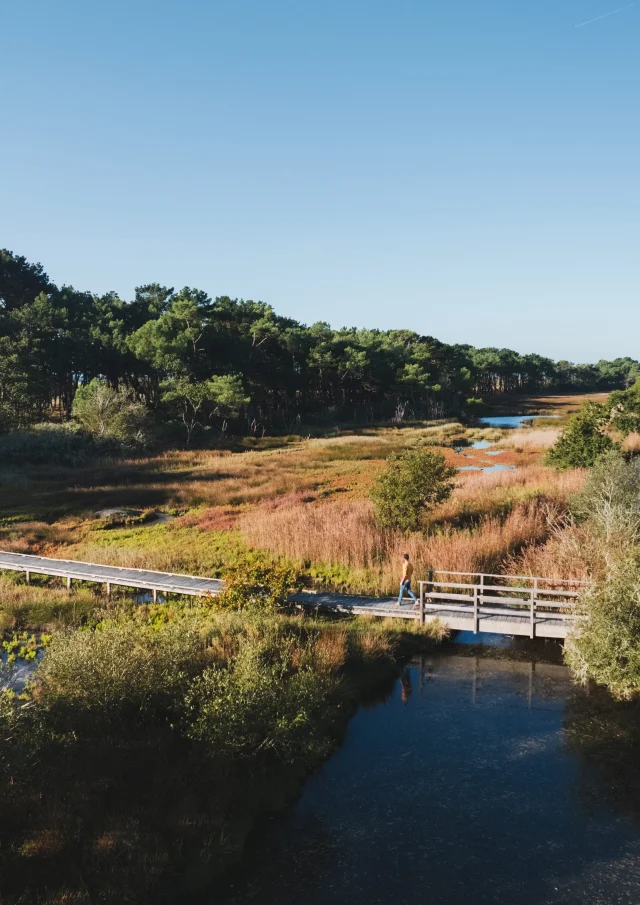 143 The Breton Riviera October 2024 Hd
143 The Breton Riviera October 2024 Hd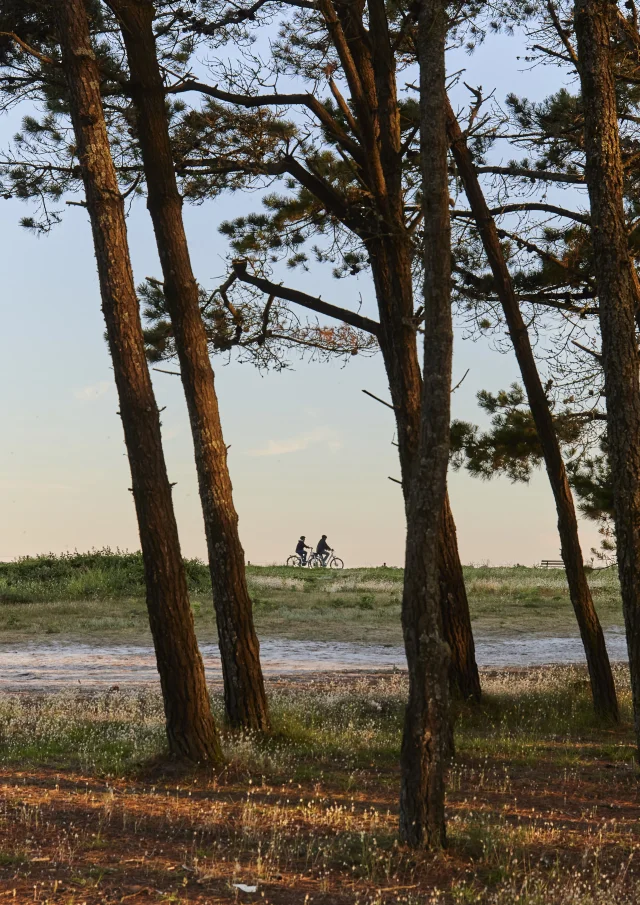 Flg21alamoureux D6a6923
Flg21alamoureux D6a6923